Mirrors offer a unique blend of functionality and style, transforming living areas into spaces of beauty and practicality. They can be used to amplify light, create the illusion of space, and serve as decorative focal points. This guide will explore various ways to effectively utilize mirrors in your living spaces. From selecting the right mirrors to strategically placing them, each section provides insights and tips to enhance your home’s aesthetic appeal. Whether you’re looking to revamp a room or add a touch of elegance, mirrors can play a pivotal role in achieving your design goals.
Contents
- 1 Choosing The Right Mirror For Your Space
- 2 Strategic Placement For Maximizing Light
- 3 Creating Illusions Of Space
- 4 Mirror Groupings As Focal Points
- 5 Incorporating Mirrors Into Theme-Based Decor
- 6 Practical Uses Beyond Decoration
- 7 Balancing Mirrors With Other Elements
- 8 Maintenance And Safety Considerations
- 9 Reflect And Revitalize Your Space
Choosing The Right Mirror For Your Space
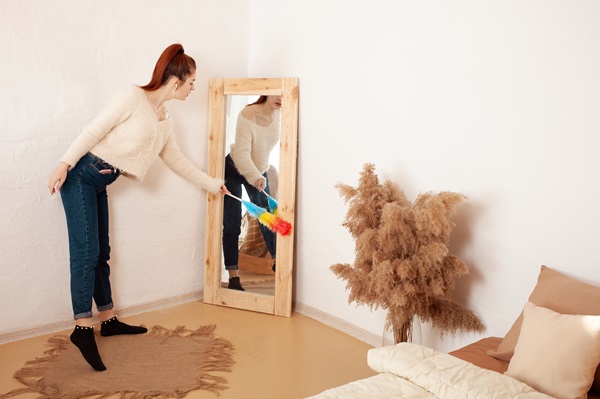
Selecting the right mirror involves understanding the balance between size, shape, and style. For instance, a large, round mirror can add softness to a room with many straight lines and angles. Conversely, a small, ornate mirror can add a touch of elegance to a simple space. The mirror’s frame also plays a crucial role in defining its style; a sleek, frameless mirror suits a modern decor, while a wooden, rustic frame fits well in a more traditional setting. It’s essential to consider the existing decor and color scheme of your room to ensure the mirror complements rather than clashes with it.
The placement of the mirror in relation to other objects and features in the room is equally important. For instance, a mirror placed above a fireplace can serve as a stunning centerpiece, while one hung opposite a window can effectively double the natural light in the room. When choosing a mirror, think about what it will reflect, as this can add depth and interest to the space. Whether it’s a beautiful view, a striking piece of art, or simply the light from a lamp, what the mirror reflects can significantly enhance the room’s ambiance.
Strategic Placement For Maximizing Light
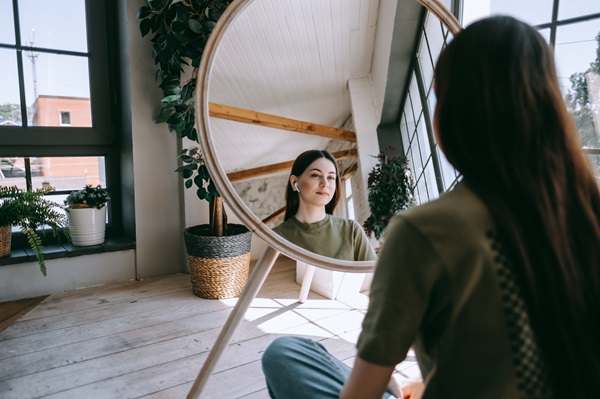
The strategic placement of mirrors can dramatically increase the amount of natural light in a living area. By positioning a mirror opposite or adjacent to a window, it can catch and reflect sunlight, brightening the room significantly. This technique is particularly effective in darker rooms or areas with limited windows. It’s not just about reflecting light but also about distributing it evenly throughout the space, creating a warm and welcoming atmosphere.
Moreover, mirrors can be used to enhance artificial lighting in a room. Placing a mirror behind a light source, such as a lamp or a candle, can amplify the light and create a cozy, glowing effect. This is especially useful in creating a relaxed and serene ambiance in the evenings. Mirrors can also be positioned to reflect the light from chandeliers or pendant lights, adding a touch of glamour and sophistication to the room.
Creating Illusions Of Space
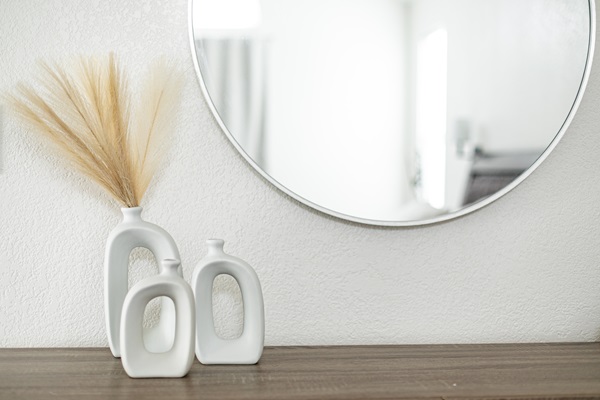
Mirrors are a powerful tool in making small or narrow spaces appear larger and more open. A large wall mirror, for example, can create the illusion of depth, making a small room feel more spacious. This effect is enhanced when the mirror is placed at a strategic angle, reflecting a key part of the room or a visually appealing aspect of the decor.
In addition to their size-enhancing properties, mirrors can also be used to manipulate the perception of a room’s shape. For instance, a series of tall, narrow mirrors can make a low ceiling appear higher, while wide mirrors can make a narrow room seem broader. The key is to choose a mirror shape that counterbalances the room’s dimensions, creating a more proportionate and visually appealing space.
Mirror Groupings As Focal Points
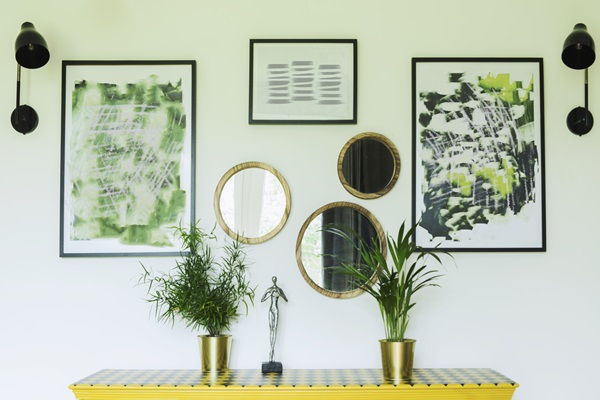
Grouping multiple mirrors together can create a striking focal point in any living area. This approach allows for artistic expression, as you can mix and match different sizes, shapes, and styles of mirrors. Arranging mirrors in a symmetrical pattern can create a sense of balance and order, while an asymmetrical arrangement can add a dynamic, modern touch to the room.
When creating a mirror grouping, it’s essential to consider the overall composition and how each mirror interacts with the others. A common element should unite the mirrors, whether it’s a similar frame style, shape, or color palette. This cohesiveness ensures that the grouping looks intentional and harmonious, rather than chaotic. Additionally, the wall space surrounding the mirrors should be considered; too much clutter can detract from the impact of the mirror grouping, while too much empty space can make it appear isolated.
Incorporating Mirrors Into Theme-Based Decor
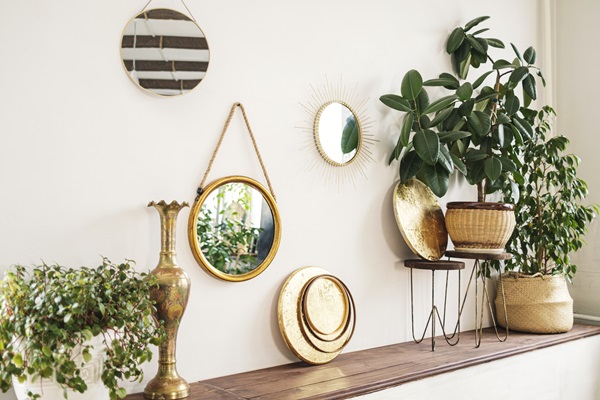
Incorporating mirrors into a specific decor theme requires thoughtful selection and placement. For a coastal theme, a mirror with a light, driftwood frame can evoke a beachy feel, while a mirror with an industrial metal frame suits an urban loft style. The mirror should complement and enhance the theme, acting as a cohesive element that ties the room together. Even in thematic decor, mirrors maintain their functional role, so consider their practical placement alongside their stylistic contribution.
Mirrors can also be used to subtly shift or emphasize a room’s theme. For example, in a room with minimalist decor, a simple, frameless mirror adds to the clean lines and uncluttered aesthetic. Conversely, a mirror with an intricate frame in a more ornate, baroque-themed room can serve as a stunning statement piece. The key is to strike a balance between the mirror’s style and the overall theme, ensuring it enhances rather than overpowers the room’s ambiance.
Practical Uses Beyond Decoration
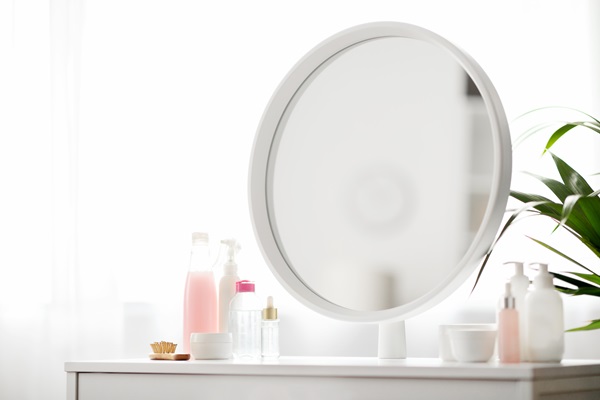
Beyond their decorative appeal, mirrors serve several practical purposes in living areas. In dressing or vanity areas, a full-length mirror is essential for outfit checks, while a smaller, magnified mirror is useful for detailed grooming tasks. These mirrors combine functionality with style, and their placement should be convenient for daily routines. Additionally, mirrors can be incorporated into furniture pieces, such as mirrored coffee tables or cabinets, adding a functional yet stylish element to the room.
Mirrors also play a role in enhancing spatial awareness and safety in a home. For instance, a mirror placed in a hallway or near a doorway can provide a quick glance at who is entering or leaving the room. In homes with small children or pets, mirrors can increase visibility in blind spots, helping to prevent accidents. The practical placement of mirrors should always consider the safety and convenience of all household members.
Balancing Mirrors With Other Elements
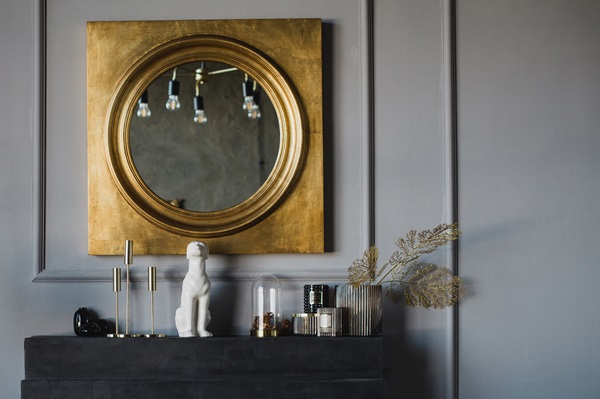
While mirrors are a fantastic addition to any living space, it’s essential to balance their presence with other decor elements. Too many mirrors in a room can create a disorienting or overwhelming effect. Instead, aim for a harmonious blend by complementing mirrors with other wall decorations like art, photos, or shelves. The texture and color of these elements can provide contrast and depth, preventing the space from feeling too ‘mirrored’ or monotonous.
Balancing a mirror’s reflective quality with the textures and materials of other decor items is also crucial. Soft furnishings, like curtains, cushions, and rugs, can offset the hardness of a mirror’s glass, creating a cozy and inviting atmosphere. Plants, too, offer a refreshing contrast to the sleekness of a mirror, adding a natural, lively element to the room. The goal is to achieve a visually appealing and comfortable space where mirrors enhance rather than dominate the decor.
Maintenance And Safety Considerations
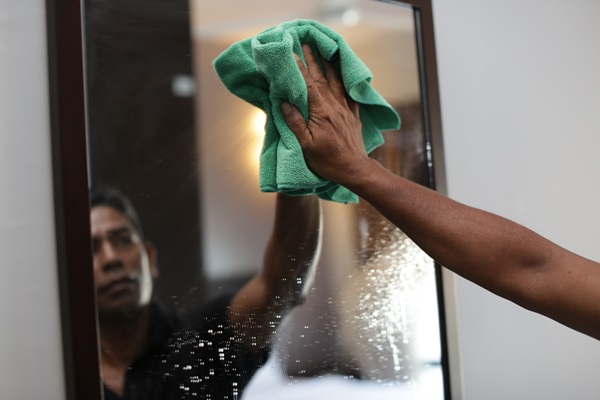
Maintaining mirrors to keep them looking their best is an essential aspect of their use in home decor. Regular cleaning with appropriate products can prevent marks and maintain the mirror’s clarity and reflectiveness. It’s also important to check the stability of wall-mounted mirrors periodically, ensuring they are securely fixed to prevent accidents. For cleaning and maintenance, choosing the right products and methods is crucial to avoid damaging the mirror’s surface or frame.
Safety considerations are paramount, especially in homes with young children or pets. Choosing mirrors with shatter-proof glass or securing them properly can mitigate the risk of accidents. Floor-standing mirrors should be anchored to the wall to prevent tipping, and the placement of mirrors should be such that they do not pose a hazard to active children or pets. Safety and maintenance are not just about preserving the mirror’s appearance; they’re about ensuring it remains a safe and enduring part of your home decor.
Reflect And Revitalize Your Space
Mirrors are a multifaceted asset in home decor, offering both aesthetic and practical benefits. From enhancing light and space to adding a touch of elegance, mirrors can transform any living area. Remember, the key to successfully utilizing mirrors lies in thoughtful selection, placement, and balance with other decor elements. So, take this newfound knowledge, reflect on your own living space, and start experimenting with mirrors to revitalize and add a new dimension to your home.


